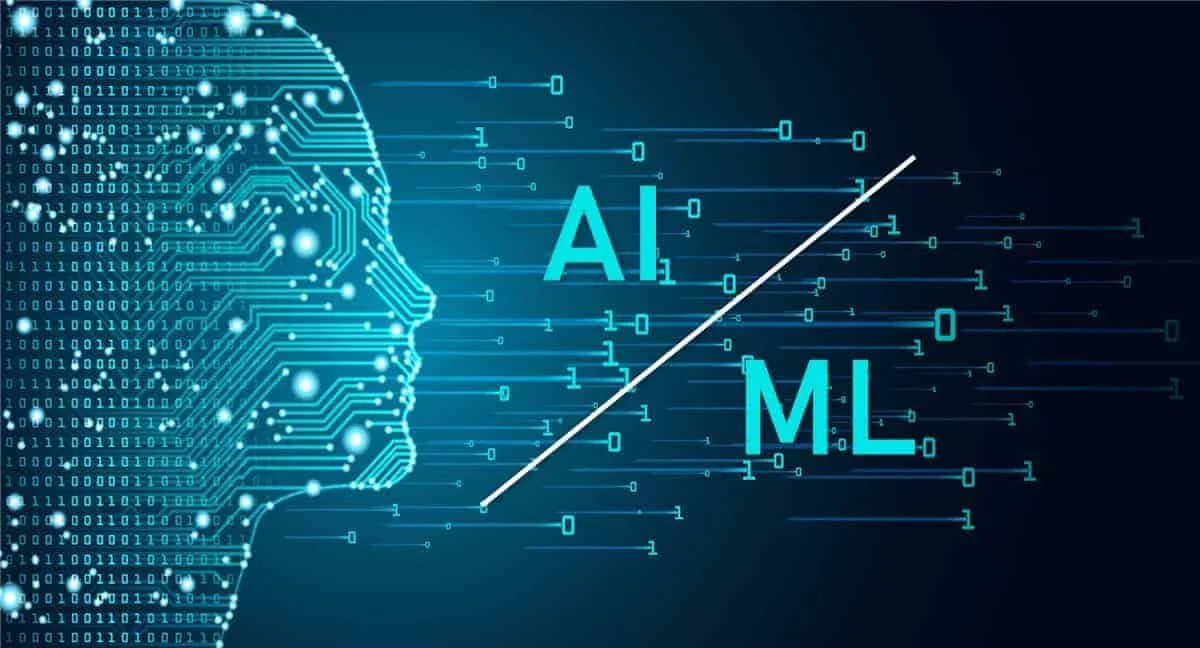
About Course
In today’s data-driven world, the ability to analyze, interpret, and leverage data is a crucial skill across numerous industries. This course is meticulously designed to provide beginners with a comprehensive introduction to the essential concepts, tools, and techniques of data science. This course serves as a gateway to the exciting and rapidly growing field of data science, equipping you with the foundational knowledge and practical skills needed to start your journey in this domain.
Who Should Take This Course?
- Beginners with No Prior Experience: Individuals new to data science and programming who want to understand the basics and build a solid foundation.
- Career Changers: Professionals from non-technical fields looking to transition into data science or analytics roles.
- Students and Recent Graduates: Undergraduates and graduates from any discipline seeking to gain valuable data science skills.
- Business Professionals: Analysts, managers, and decision-makers aiming to harness data for strategic planning and operational efficiency.
- Educators and Researchers: Academics and researchers needing to analyze and visualize data for their studies and teaching.
- Tech Enthusiasts: Hobbyists eager to learn about data science and its applications.
Whether you are looking to start a new career, advance in your current role, or simply gain a deeper understanding of data science, the “Foundations of Data Science” course is tailored to meet your needs and help you achieve your goals. Join us and take the first step towards mastering data science and unlocking the potential of data-driven decision-making.
Course Content
Introduction
-
What is Machine Learning?
-
Machine Learning Workflow
-
Applications of Machine Learning
-
Machine Learning Algorithm
-
What is a Dataset
Installation and Setup
Build and train a machine learning model
Student Ratings & Reviews

